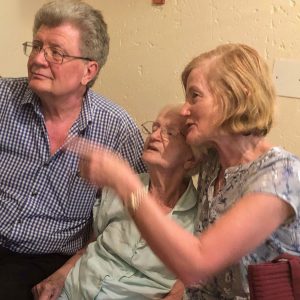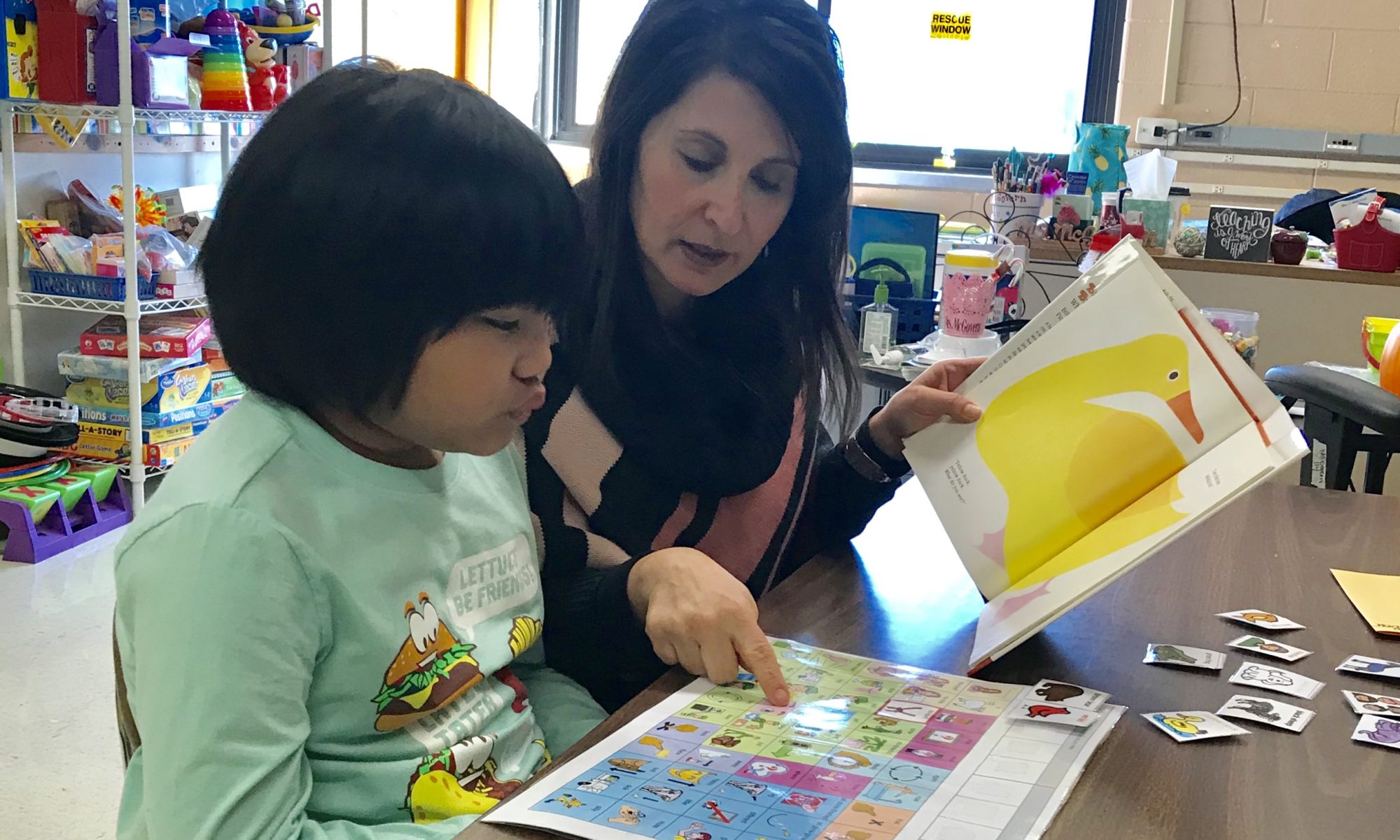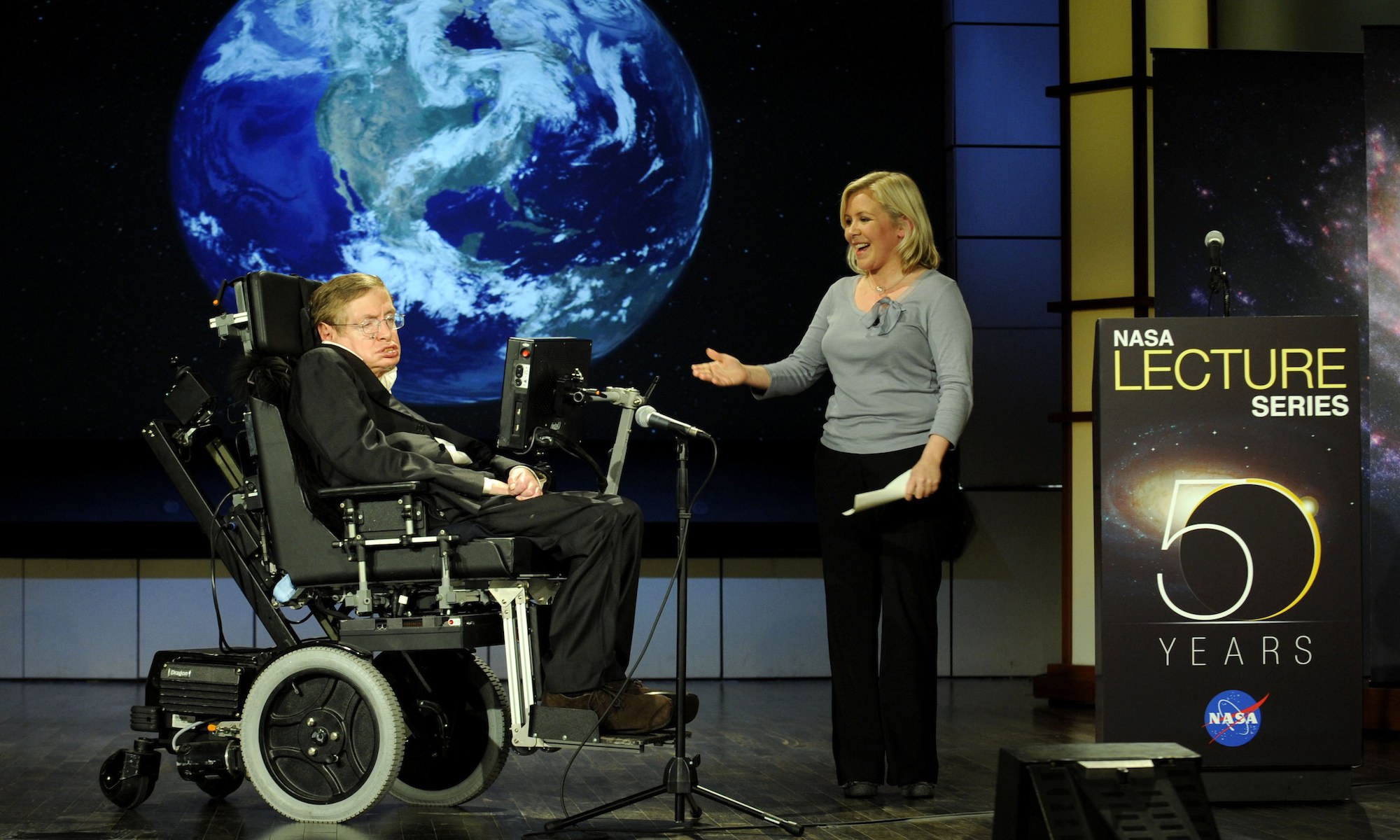I recently read the article “After years with no way to communicate, Newburgh teen finds her voice.” Like so many other similar stories, this heartwarming narrative gives an account of how a young women is using supported typing to “communicate.” The mother describes how this strategy has helped her teenage daughter to communicate and find her “voice.” Her daughter points to letters on a letter board while another person (the facilitator) supports the daughter’s wrist during the process of typing.
Although it is good to read positive stories like this, it is important that we alert parents and professionals to the pitfalls involved in describing “supported or assisted typing” as a communication strategy.
Continue reading “Typing with Hand-over-hand Support: Is This Really Communication?”













